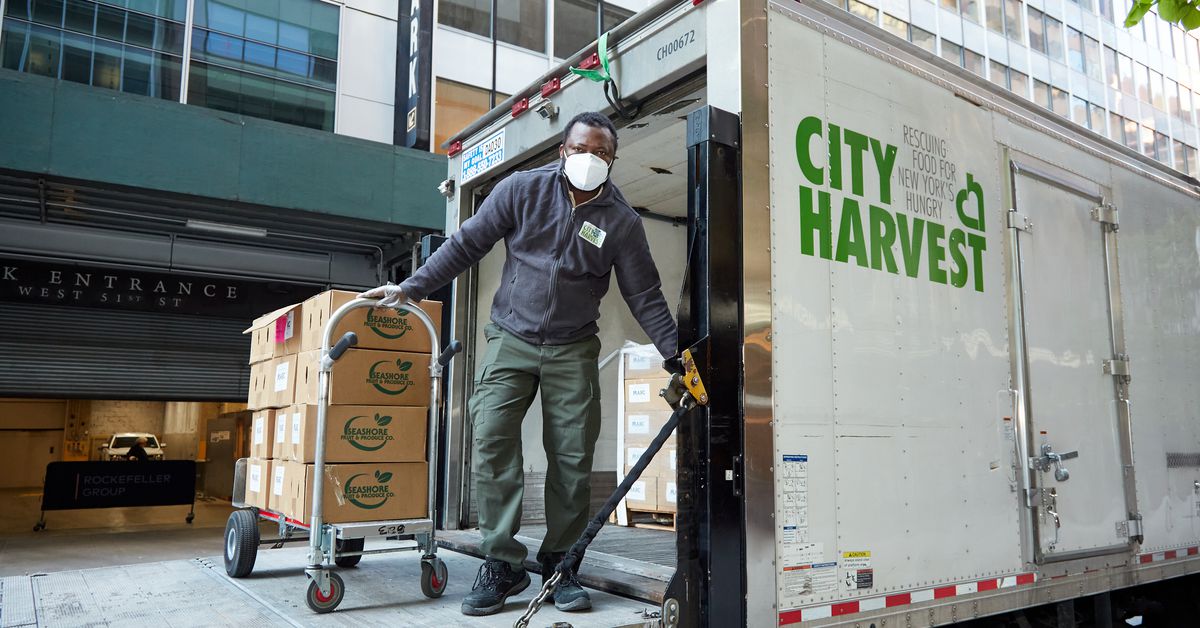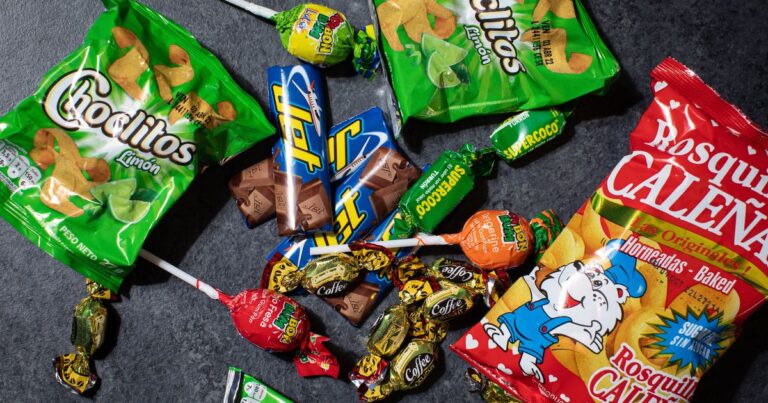How High Gas Prices Impact Food Banks
If you’re like basically everybody else in America right now, you’re feeling a serious pinch at the gas pump. Fuel prices are soaring across the country, recently peaking at the highest price — upwards of $4 — since the economic recession of 2008. This steep price hike has been hugely impactful across a variety of industries, from agriculture to transportation, but rising gas prices are especially worrisome for food banks, which often rely on a vast, truck-powered distribution network to get food into the hands of those who need it most.
In Fort Worth, Texas, Tarrant Area Food Bank (TAFB) president and CEO Julie Butner has seen fuel prices rise 45 percent over the last 10 months. Before prices began to spike, TAFB spent around $15,000 every month on gasoline to fuel its fleet of 18-wheeler trucks as they delivered more than 5 million pounds of food to thousands of clients. Now, the organization is spending close to $22,000 per month on the fuel needed to service 13 counties comprising more than 6,000 square miles of Texas.
“It’s still a little too early to see the full impact of paying more to put gasoline in our vehicles, right now it’s just a couple weeks in the making,” Butner says. “But our trucks run all over our 13-county service area, and we pay gasoline prices just like everybody else does. When you see the price go up at the pump, that impacts our financial predicament.”
In the coming months, fuel price increases could have a massive impact on food banks’ ability to do their essential work. Contrary to popular belief, these organizations don’t spend the majority of their budgets on food — at TAFB, less than 1 percent of food distributed is directly purchased by the food bank itself. About half of the food it receives is donated by corporate food producers, and about half is distributed to food banks by government programs like the federal Emergency Food Assistance Program (TEFAP). Most of the money that TAFB spends is on the logistics of storing and moving the food from its warehouses and distributing via “partner agencies,” or local feeding programs like soup kitchens, LGBTQ centers, and Meals on Wheels.
Rising fuel costs are especially concerning for food banks that serve rural areas, which are disproportionately impacted by hunger and food insecurity. “It’s already difficult to reach those communities, and fuel prices are making it even harder to do,” says Celia Cole, CEO of Feeding Texas, an umbrella organization that connects food banks across the state. “I want to sound the alarm, because food banks are a critical layer of protection against hunger in this country, particularly during times of disaster.”
Fuel prices are also proving challenging in urban areas. Even when you don’t have to drive thousands of miles, the cost of gasoline makes the cost of everything else higher, especially when it comes to logistics and distribution. At City Harvest, a New York City organization that redirects quality food that would otherwise go to waste to people in need, the cost per pound of food transported has risen from 18 cents to 21 cents. “When you’re rescuing and delivering nearly 300,000 pounds of food a day, that adds up,” says North American supply chain senior director Jenny Murphy. “Our average freight cost has gone up by 20 percent, and we’ve seen anecdotal changes like less produce available for donation because vendors are bringing in less food overall due to cost.”
:no_upscale()/cdn.vox-cdn.com/uploads/chorus_asset/file/23320459/CH_12Aug2020_0106.JPG)
To make matters worse, the impending expiration of relief dollars directed to food banks during some of the toughest days of the pandemic looms large over these organizations. As the virus cost people their jobs and forced others to stay at home to care for sick loved ones, it also made food insecurity worse across the country. To combat that increase in hunger, Congress passed legislation that appropriated additional money to food banks to help these organizations meet the increased need. Those funds were only temporary, though, and Congress’s most recent omnibus spending bill didn’t include any additional dollars for extending them.
“It’s safe to say that the sharp, massive increase in fuel prices that we’re seeing as a result of the war in Ukraine, plus rising inflation, and supply chain challenges due to COVID, all of that is increasing the cost of doing business for food banks,” Cole says. “All of that is very, very concerning because it’s happening at a time when we’re still seeing a much higher level of need in our communities than we did before. Some of that is still COVID related, but a lot of it is just because of inflation and because people are having a harder time making ends meet right now.”
Food banks are, by their nature, experts at pinching pennies, but rising fuel costs mean that they’ll likely have to further tighten their budgets, and that could mean reducing the number of people they’re able to serve. It’s happened before — in 2009, in the midst of the Great Recession, 72 percent of food banks reported that they were “not adequately able to meet” the food need in their region and were forced to make substantial cutbacks to the food that they distributed to the lines of people in need of help.
Although fuel prices have dropped slightly in recent days, experts estimate that it could take weeks for those costs to stabilize. In the meantime, food banks will have to figure out how to squeeze those added expenses into their already-tight budgets. “We’re all kind of waiting on pins and needles,” Butner says. “These grants are about to expire, and we’re not seeing the demand for the food that we distribute decline. We might be looking at a situation where we’re short on supplies.”






